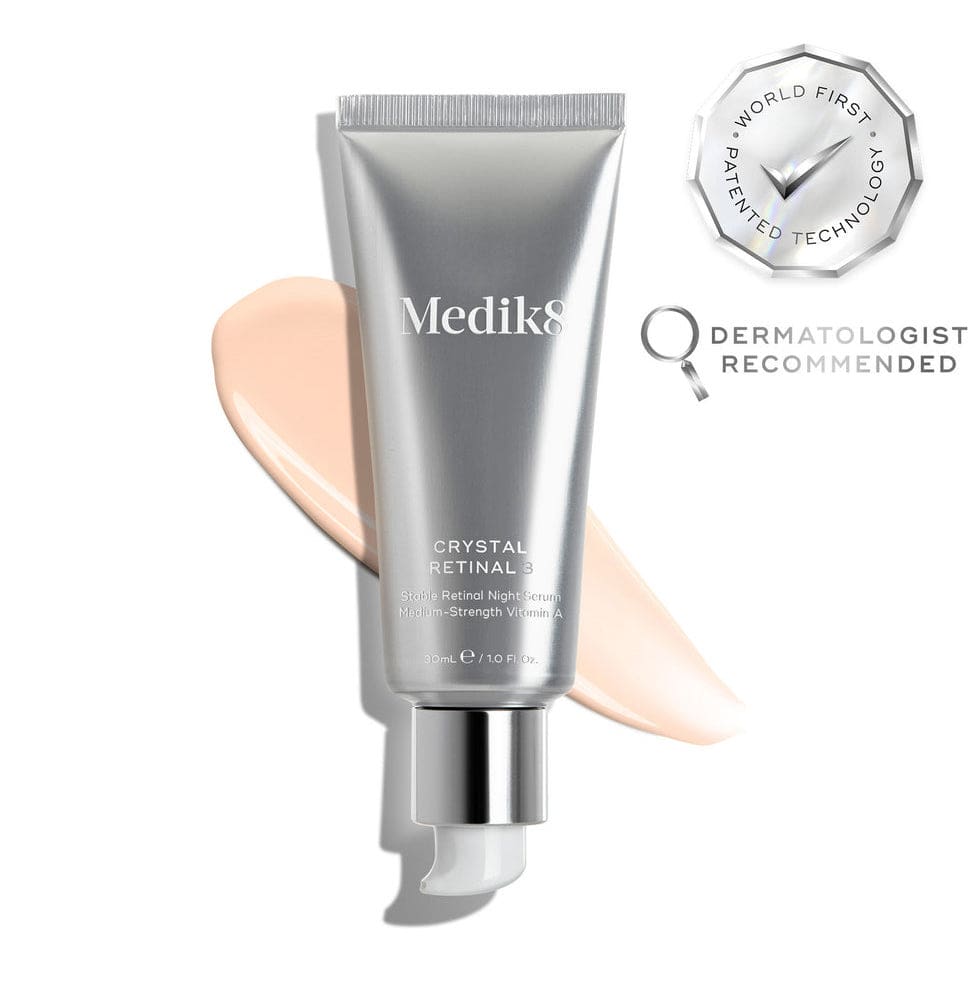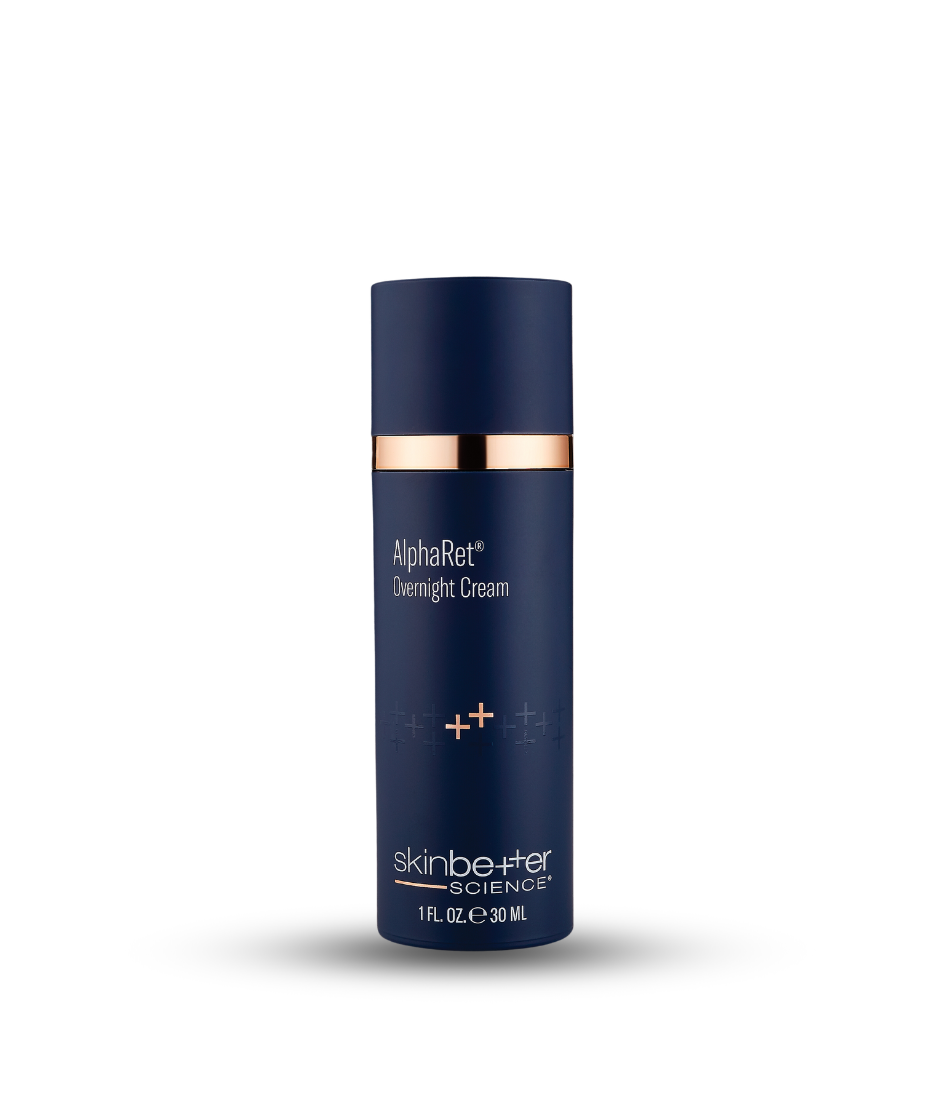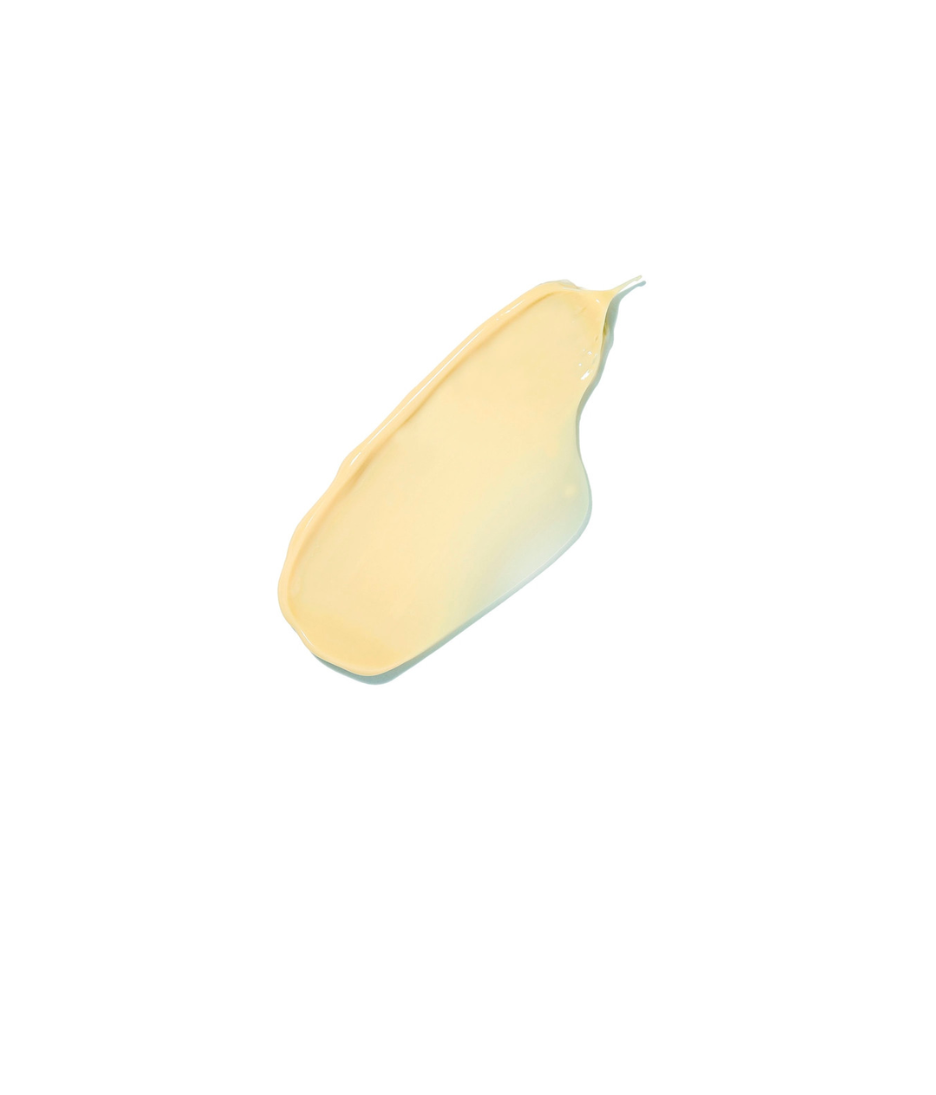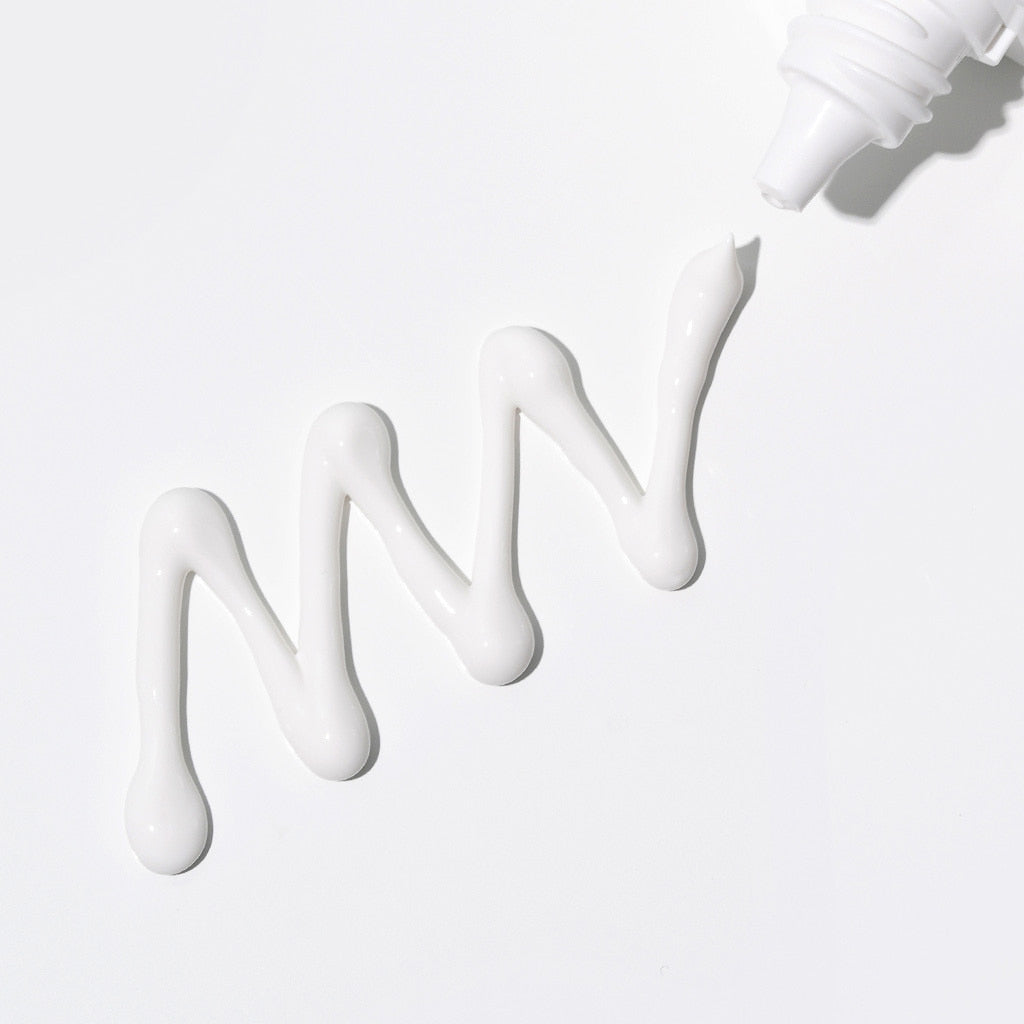WHAT YOU NEED TO KNOW
Your Evening Skincare Routine: Correct & Renew
Part Four of Our Four-Part Series on Building the Ideal Skincare Routine
Over the past few weeks, we’ve walked you through the key pillars of a smart skincare routine. We started with the Core Four, introduced the Bookends, and built a strong morning routine for protection and prevention.
Now, in Part Four, we turn our attention to what happens at night—the time when your skin does its most important work.














